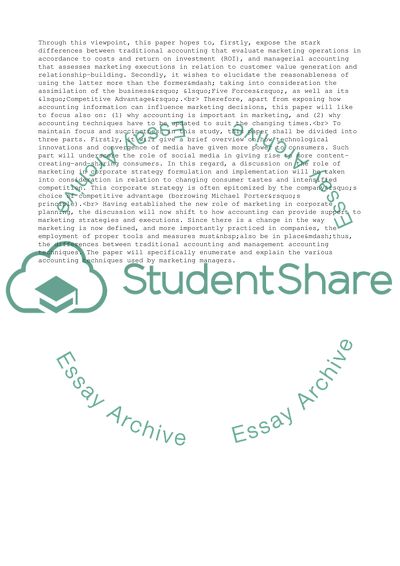Cite this document
(Managerial Accounting Techniques in Formulating Customer Centric Research Paper, n.d.)
Managerial Accounting Techniques in Formulating Customer Centric Research Paper. Retrieved from https://studentshare.org/management/1794710-accounting-use-of-accounting-information-in-marketing-decisions
Managerial Accounting Techniques in Formulating Customer Centric Research Paper. Retrieved from https://studentshare.org/management/1794710-accounting-use-of-accounting-information-in-marketing-decisions
(Managerial Accounting Techniques in Formulating Customer Centric Research Paper)
Managerial Accounting Techniques in Formulating Customer Centric Research Paper. https://studentshare.org/management/1794710-accounting-use-of-accounting-information-in-marketing-decisions.
Managerial Accounting Techniques in Formulating Customer Centric Research Paper. https://studentshare.org/management/1794710-accounting-use-of-accounting-information-in-marketing-decisions.
“Managerial Accounting Techniques in Formulating Customer Centric Research Paper”, n.d. https://studentshare.org/management/1794710-accounting-use-of-accounting-information-in-marketing-decisions.


